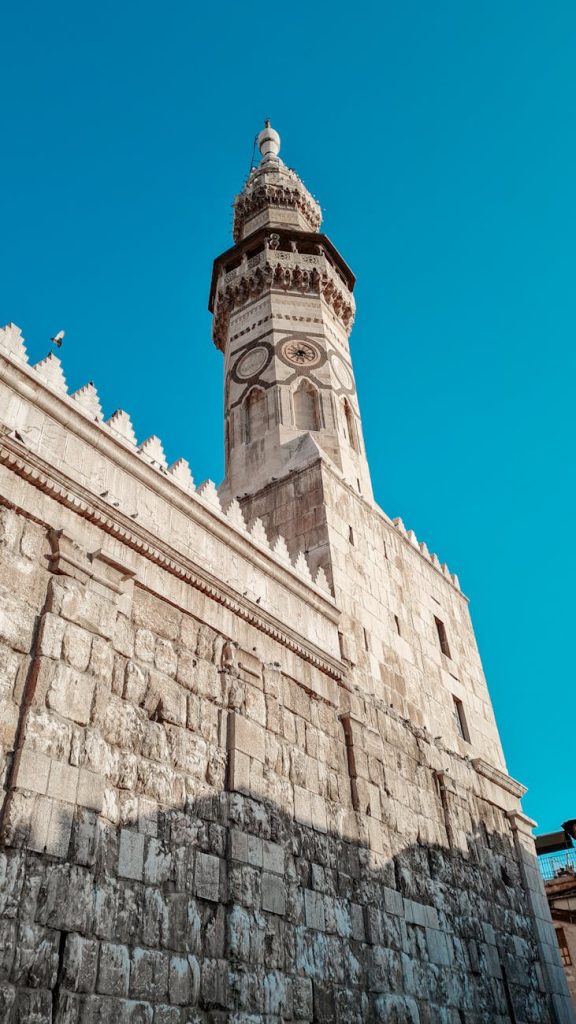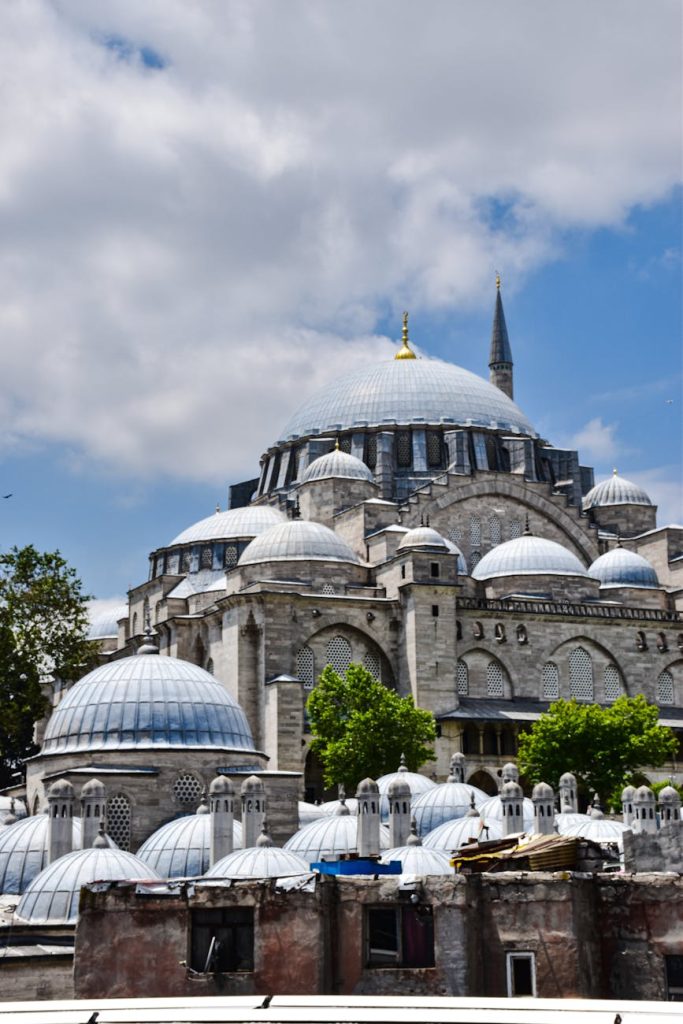
Umayyad Mosque Damascus: Oldest Islamic Worship Site
The Umayyad Mosque, also known as the Great Mosque of Damascus, stands as one of the most prominent ancient religious structures in the world. Located in the heart of Syria’s capital, Damascus, this mosque is not only a vital place of worship for Muslims but also a treasure trove of Islamic history.
History of Damascus Mosque
The construction of the Umayyad Mosque began in 705 AD under the rule of Caliph al-Walid I. Built on the site of an earlier Christian basilica dedicated to John the Baptist, it reflects a blend of Islamic and Byzantine architectural elements. The mosque was completed in 715 AD, and its establishment solidified Damascus’s status as the capital of the Umayyad Caliphate.
Throughout history, the mosque has endured many events that shaped its existence, including earthquakes and conflicts. Despite these challenges, it has retained its significance and remains an enduring symbol of Islamic heritage and a hub of worship.
Architecture & Layout
The architectural style of the Umayyad Mosque is a stunning example of early Islamic aesthetics. The mosque features:
- Grand Courtyard: An expansive courtyard measuring approximately 90 meters by 80 meters, surrounded by a colonnade.
- Mausoleum of John the Baptist: This significant area, said to house the relics of John the Baptist, is an essential part of the mosque’s allure.
- Intricate Mosaics: The interior boasts exquisite mosaics that depict landscapes, palaces, and lush gardens, illustrating the opulence of the Umayyad period. Many designs incorporate motifs prevalent in Byzantine art, showcasing a unique fusion of cultures.
- Minarets: The mosque is adorned with three magnificent minarets, with the Great Minaret of the Bride being the most famous. It towers at 80 meters and is a dominant feature of the mosque’s skyline.
The architectural mastery of the Umayyad Mosque earned it recognition as a UNESCO World Heritage Site, celebrating its architectural brilliance and historical importance [1].
Shrines & Relics
One of the most sacred aspects of the Umayyad Mosque is its collection of shrines and relics. The mausoleum of John the Baptist not only serves as a pilgrimage site but also integrates Christian and Islamic traditions, reflecting the mosque’s historical significance as a crossroads of faith.
Additionally, the mosque houses various relics believed to belong to significant Islamic figures, further enhancing its spiritual importance for visitors. The presence of these relics illustrates the mosque’s role in bridging different religious traditions within the broader context of Islamic heritage.
Cultural & Religious Importance
The Umayyad Mosque is not merely an architectural marvel; it is a vital center for Islamic worship and cultural exchange. It plays a crucial role in the religious practices of the Syrian Muslim community, hosting prayers, religious events, and educational activities.
Culturally, it serves as a communal gathering place that emphasizes the unity of the Muslim community, especially during significant religious days. Its historical connections to both Islamic and earlier Christian worship underscore Damascus’s long-standing role as a center for religious pluralism.
Moreover, the mosque’s historical narrative serves as a powerful reminder of the complexities of Islamic history. As a site that witnessed the rise and fall of empires, it symbolizes both continuity and change in the region’s religious and cultural landscape.
Visiting Guidance
For those wishing to explore the Umayyad Mosque, visiting tips include:
- Best Time to Visit: Early morning or late afternoon is ideal for avoiding crowds and enjoying cooler temperatures.
- Dress Code: Visitors should dress modestly to show respect for the sacredness of the mosque.
- Guided Tours: Consider joining a guided tour to gain deeper insights into the mosque’s history, architecture, and significance.
- Cultural Etiquette: Be mindful of prayer times and refrain from non-religious activities during these moments.
Visiting the Umayyad Mosque provides an invaluable opportunity to experience a landmark that encapsulates centuries of Islamic history and culture.
Conclusion
The Umayyad Mosque in Damascus is a significant historical and architectural site that captures the essence of Islamic history and religious practices. Its grandeur, rich history, and cultural importance make it an essential destination for anyone interested in understanding the depth of Islamic heritage. As both a place of worship and a symbol of cultural exchange, the mosque continues to inspire visitors from around the world, inviting them to reflect on the intricate tapestry of history that it represents.
References
Get epic product battles straight to you! 🥊 📦 ![]()

